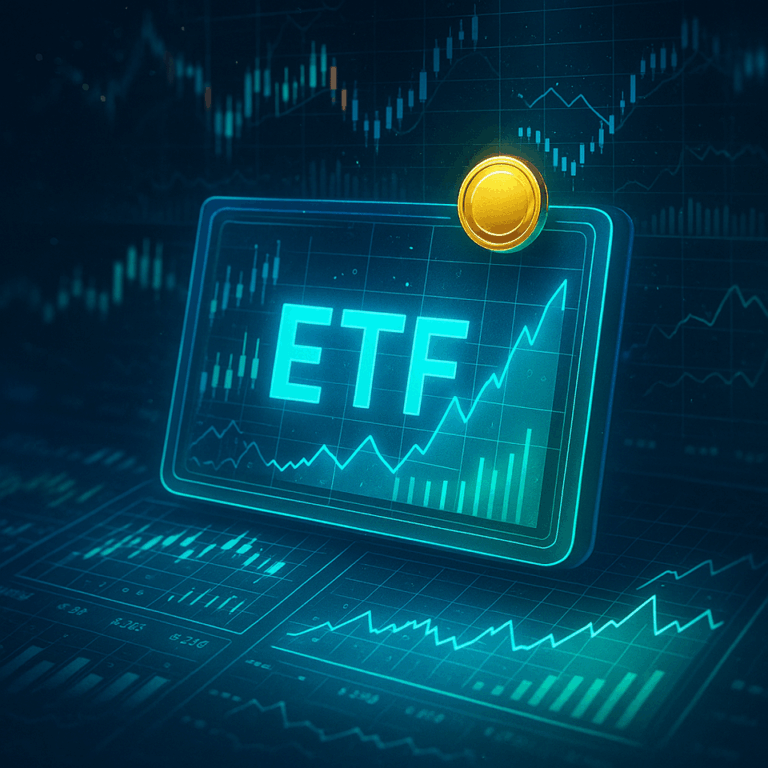The global investment landscape in 2025 is more dynamic, data-driven, and diversified than ever before. A decade of rapid technological advancement, economic restructuring, and social change has transformed how investors approach risk, reward, and sustainability. With artificial intelligence, blockchain, and environmental concerns reshaping financial systems, investing has evolved from a static discipline into a multidimensional ecosystem.
As markets become increasingly globalized and connected, the rules of investing have shifted toward adaptability and intelligence. Investors today must navigate an environment influenced by automation, real-time data, and complex geopolitical trends. The ability to interpret this information effectively defines success in a digital economy where both opportunities and risks are accelerating.
The Digital Transformation of Global Investing
Technology has revolutionized the way capital is allocated and managed. Artificial intelligence (AI) now plays a central role in portfolio construction, algorithmic trading, and risk management. AI-driven systems analyze billions of data points—from economic indicators to social sentiment—to identify trends before they become visible to traditional analysts.
Robo-advisors have democratized access to advanced investment strategies once limited to institutional investors. These automated platforms use machine learning to optimize portfolios, adjust allocations in real time, and maintain consistent diversification. The result is greater efficiency and cost-effectiveness for both new and experienced investors.
Blockchain technology has also reshaped asset management by introducing transparency, traceability, and security. Tokenization allows investors to own fractional shares of high-value assets such as real estate, fine art, or commodities. This innovation expands accessibility and liquidity across traditionally illiquid markets, fostering a more inclusive global investment environment.
Sustainability and ESG Integration
Sustainability has become one of the most powerful forces shaping investment decisions. In 2025, Environmental, Social, and Governance (ESG) principles are not merely ethical considerations—they are essential risk factors and performance indicators. Companies with strong ESG profiles tend to demonstrate greater resilience, innovation, and long-term profitability.
Investors are increasingly aligning portfolios with global sustainability goals. Green bonds, renewable energy funds, and socially responsible ETFs are attracting record inflows. Financial institutions now assess environmental and social impacts alongside traditional financial metrics, transforming how value is measured in capital markets.
Governments and regulators are reinforcing this transition through policy incentives and mandatory sustainability reporting. As climate risks become more quantifiable, ESG integration is redefining fiduciary responsibility—investing sustainably is no longer a niche strategy, but a necessity for long-term stability.
The Rise of Alternative and Digital Assets
Diversification in 2025 goes far beyond traditional stocks and bonds. Investors are turning to alternative assets—private equity, venture capital, infrastructure, and digital assets—to enhance portfolio performance and resilience.
Cryptocurrencies and blockchain-based tokens have matured into a regulated asset class. Institutional investors treat them as strategic diversification tools, particularly in inflationary or low-yield environments. Tokenized commodities and real estate are expanding opportunities for global investors to access high-value sectors without liquidity barriers.
Meanwhile, decentralized finance (DeFi) continues to evolve, offering innovative mechanisms for lending, borrowing, and yield generation. Regulated DeFi platforms are bridging the gap between traditional finance and blockchain technology, allowing investors to earn returns with enhanced security and compliance.
The integration of alternative assets underscores a broader shift: investors are no longer confined to established financial centers or legacy instruments. Global diversification now includes both tangible and digital dimensions, enabling more flexible and resilient strategies.
Macroeconomic Shifts and Monetary Policy
The investment environment in 2025 is deeply influenced by macroeconomic transformation. Central banks have adapted their policies to balance inflation control, economic growth, and digital currency integration. While global inflation has moderated compared to earlier years, structural factors—such as deglobalization, energy transition, and labor shortages—continue to affect pricing dynamics.
Interest rate normalization has redefined fixed-income strategies. Investors are focusing on inflation-protected securities, high-quality corporate bonds, and diversified yield instruments. Equities in defensive sectors—such as healthcare, technology infrastructure, and sustainable energy—remain attractive for long-term capital appreciation.
Monetary policy coordination between major economies is also shaping currency movements and trade flows. The growing adoption of Central Bank Digital Currencies (CBDCs) introduces new dynamics in capital mobility and international transactions. This evolving monetary framework offers both efficiency and regulatory challenges for global investors.
Regional Trends and Emerging Market Growth
Emerging markets continue to play a pivotal role in global investing. By 2025, countries in Asia, Latin America, and Africa have become centers of innovation, manufacturing, and digital finance. Young populations, expanding middle classes, and government-led modernization initiatives are fueling sustainable growth.
Investors are particularly attracted to regions embracing renewable energy, infrastructure development, and fintech innovation. These economies offer diversification benefits with higher growth potential, although they also require careful analysis of currency risk, political stability, and regulatory maturity.
In contrast, developed markets are focusing on sustainability, advanced technology, and demographic adaptation. As aging populations reshape labor markets and consumption patterns, investors are targeting sectors that support healthcare, automation, and long-term productivity gains.
Behavioral Finance and Investor Psychology
The psychology of investing has evolved alongside technological change. In 2025, behavioral finance plays a crucial role in understanding how emotion, bias, and perception influence decision-making. With real-time market data and social media amplifying investor sentiment, discipline and rationality are more important than ever.
AI-driven analytics help investors recognize patterns of overreaction or herd behavior, promoting more stable long-term strategies. Education platforms and financial literacy initiatives are also empowering individuals to make informed decisions and avoid speculative traps.
The emphasis on behavioral awareness reflects a broader truth: successful investing is not only about access to information, but also about the ability to interpret and act on it wisely.
The Role of Artificial Intelligence in Predictive Investing
Predictive investing powered by AI has become a cornerstone of modern finance. Algorithms can now simulate millions of market scenarios in seconds, evaluating the potential impact of economic, political, and environmental changes.
AI models are used to identify underpriced assets, detect early signs of market disruption, and forecast portfolio performance with greater accuracy. For institutional investors, this means enhanced risk-adjusted returns. For individuals, it offers simplified access to professional-grade forecasting tools.
However, reliance on AI introduces ethical considerations. Data bias, algorithmic opacity, and over-automation remain challenges. Successful investors use AI as a complement—not a replacement—for human expertise, ensuring that technology enhances, rather than dictates, financial strategy.
Conclusion
Investing in 2025 reflects a new paradigm of intelligence, adaptability, and purpose. The convergence of technology, sustainability, and global diversification has redefined how investors perceive opportunity and manage risk.
Artificial intelligence, blockchain, and alternative assets are expanding the boundaries of financial participation, while ESG and data ethics ensure that progress aligns with long-term responsibility. Investors are no longer just seeking profit—they are building resilient portfolios that contribute to innovation, sustainability, and inclusive growth.
As global markets continue to evolve, the most successful investors will combine analytical precision with human judgment. The future of investing in 2025 is not about predicting every change—it is about preparing intelligently for a world where change itself is constant.







